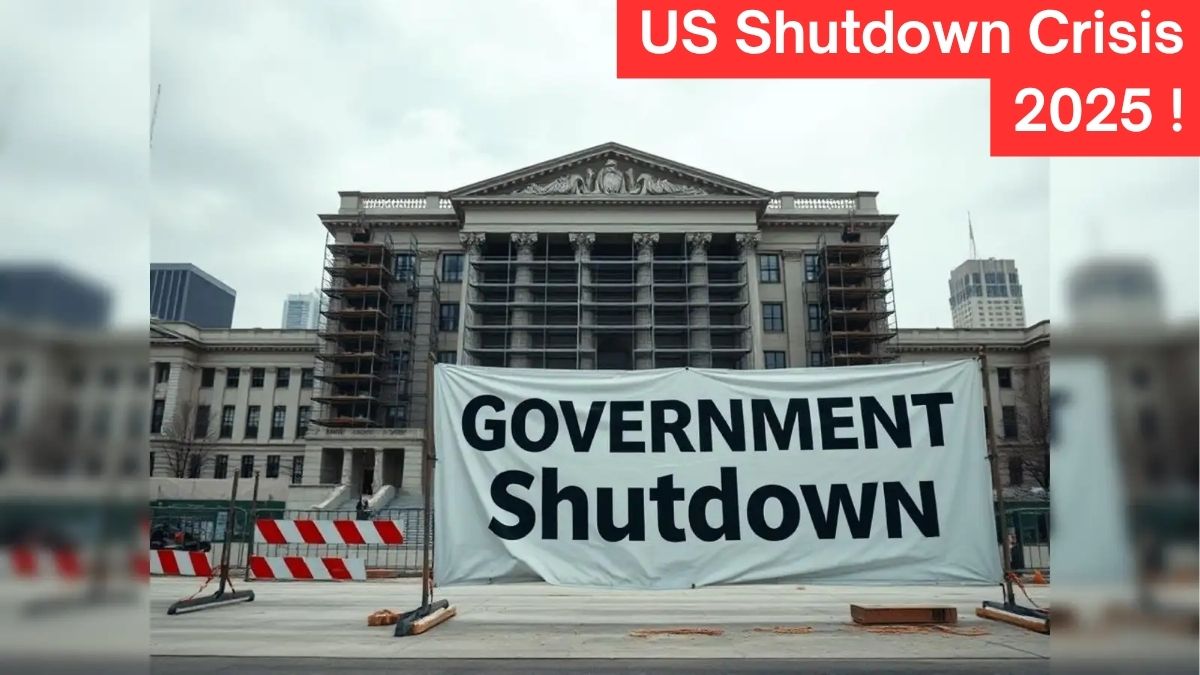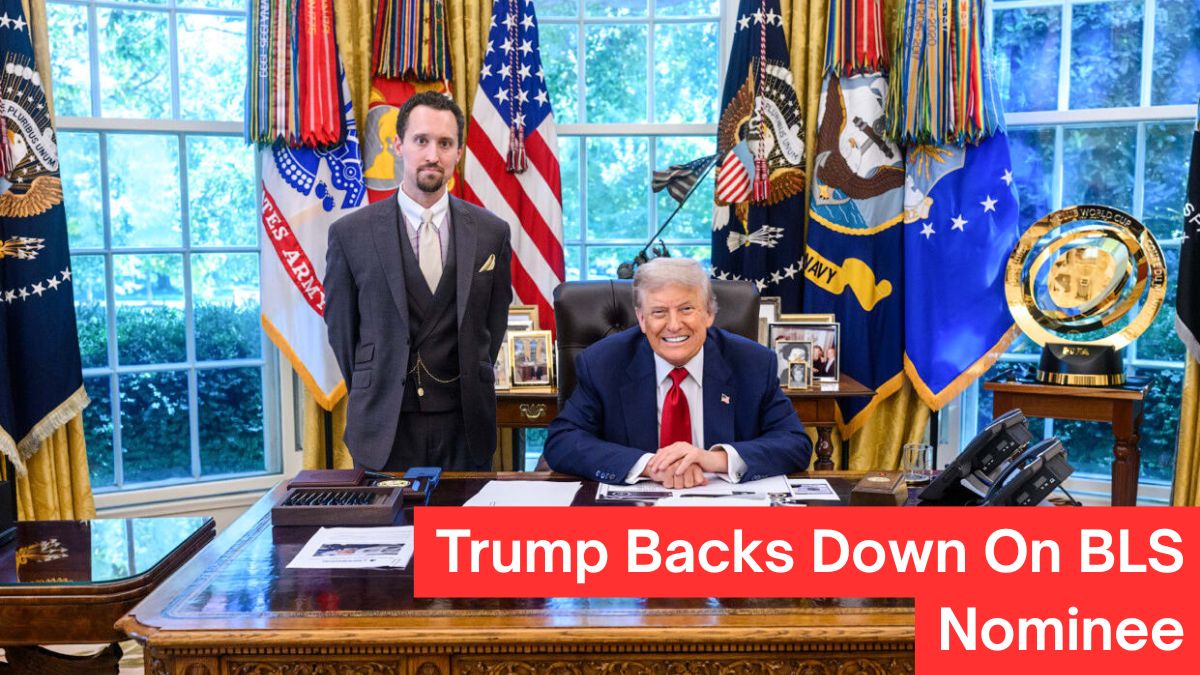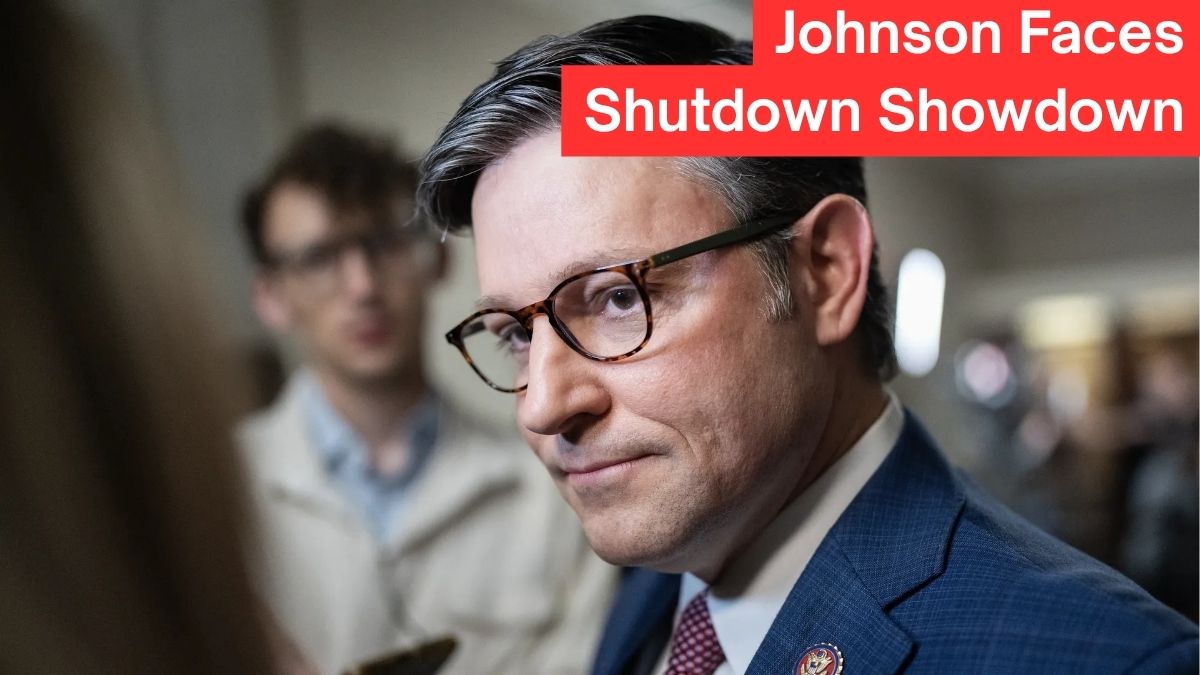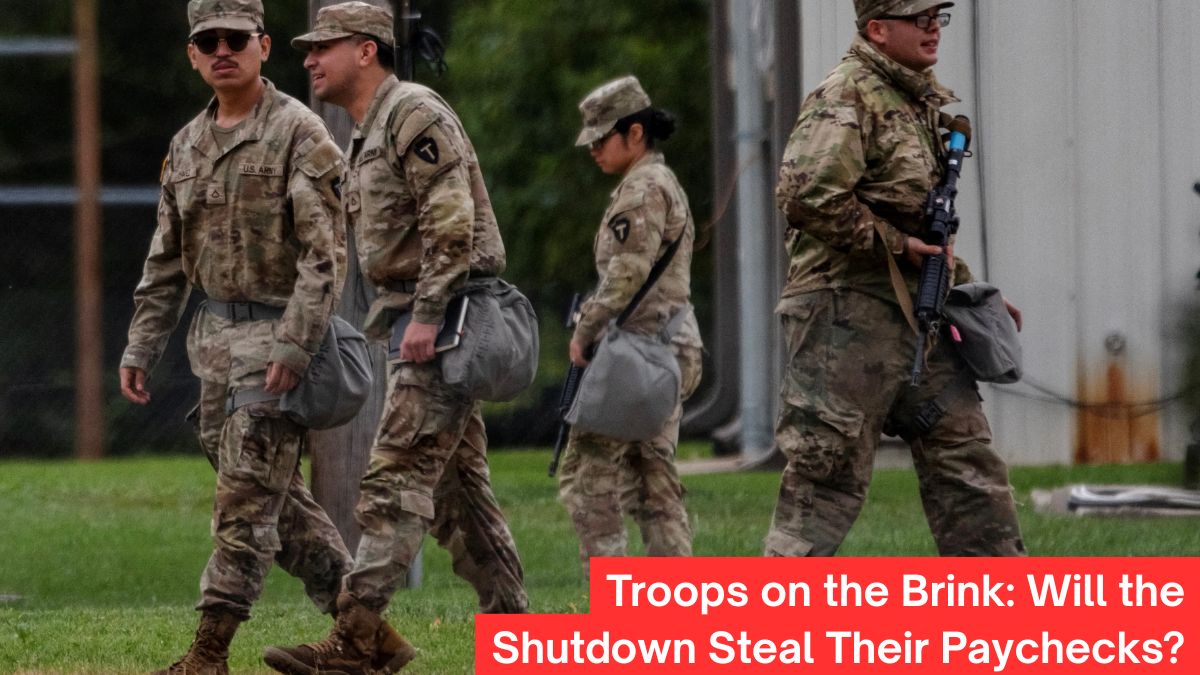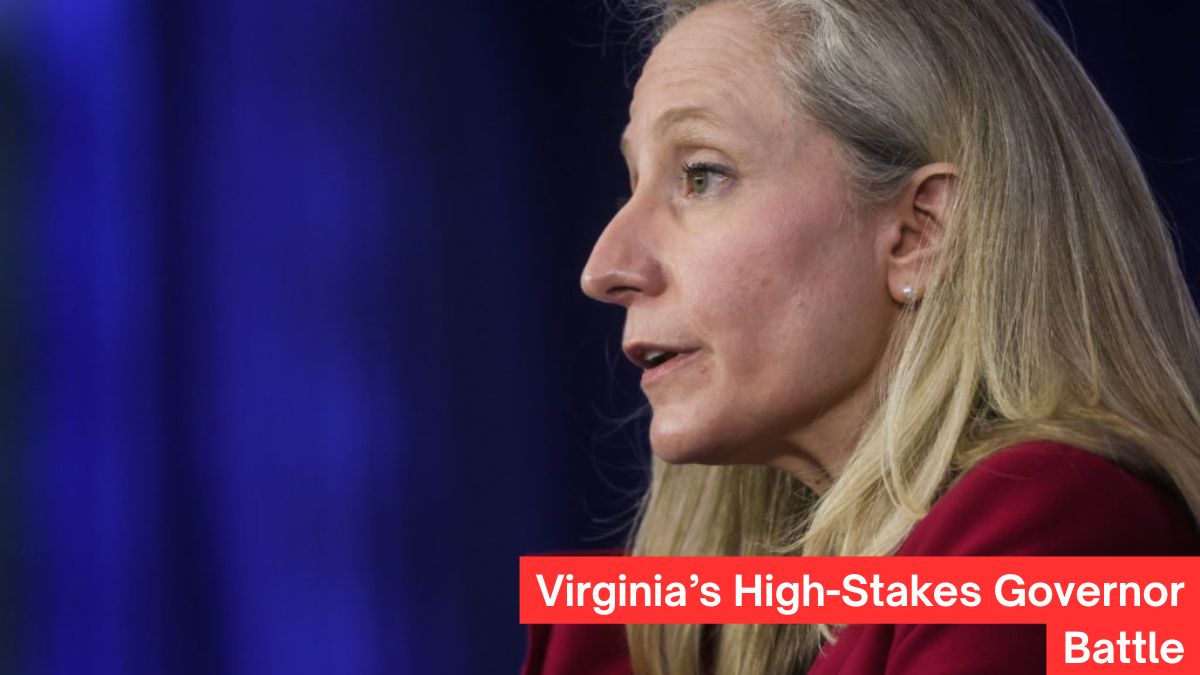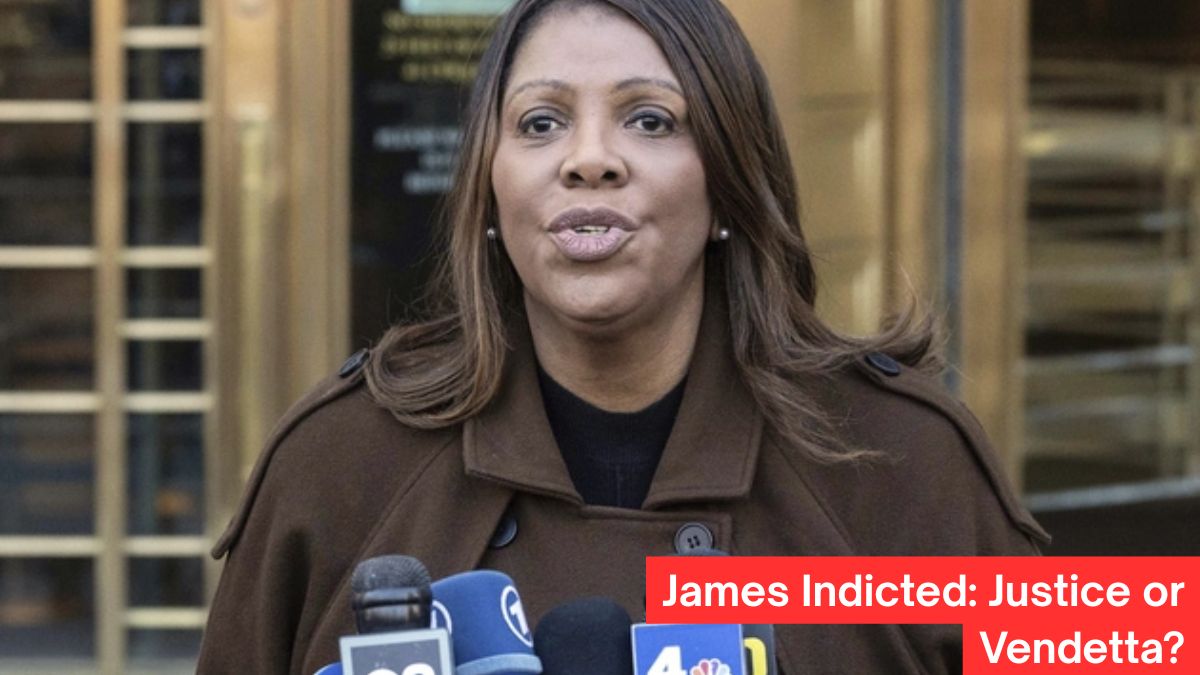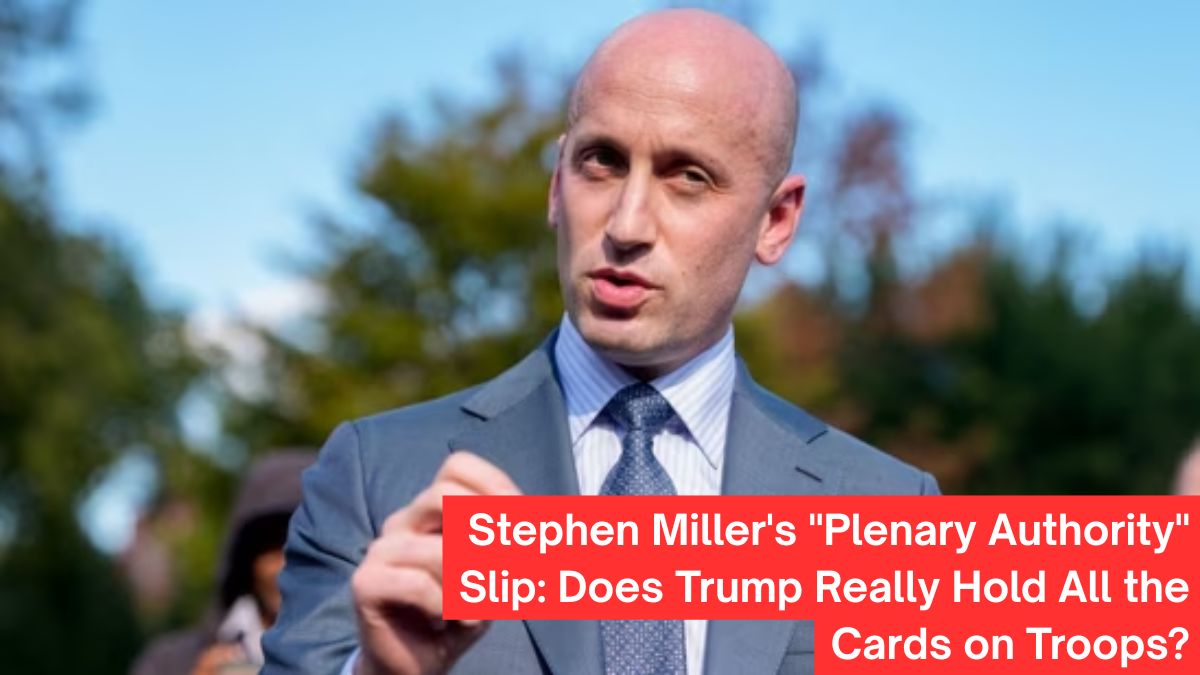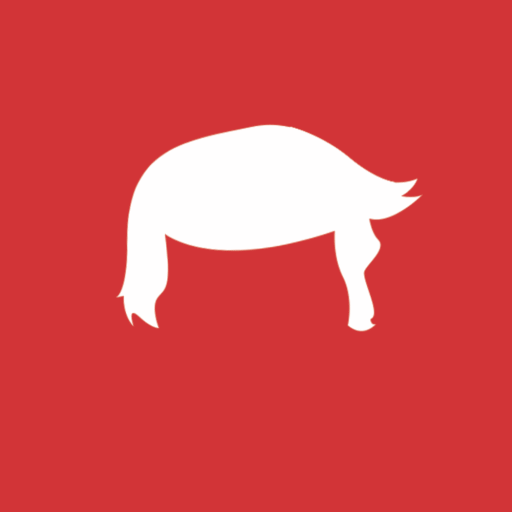The United States is on its way to a federal government shutdown by September 30, 2025. Unless Congress passes a new bill, the money will run out at midnight. President Donald Trump and congressional leaders met on September 29, but they didn’t make any progress, so the deadlock is still in place.
Key Takeaways
- Federal funding expires at 12:01 a.m. on October 1, 2025.
- Republicans push for a seven-week stopgap bill.
- Democrats demand guarantees on healthcare subsidies and limits on Trump’s spending powers.
- Hundreds of thousands of federal workers risk furloughs or unpaid work.
- A shutdown could hit economic growth, services, and political stability.
Why is a shutdown coming soon?
Deadline: If no bill is passed by 12:01 a.m. on October 1, the money runs out.
Republicans, led by Trump, House Speaker Mike Johnson, and Senate Majority Leader John Thune, want a short-term extension to keep spending the same.
Democrats say that Senate Minority Leader Chuck Schumer and House Minority Leader Hakeem Jeffries want action right away on Affordable Care Act (ACA) subsidies and stronger limits on Trump’s ability to spend money.
Republicans say that Democrats are using the government for their own political gain. Democrats say that delaying decisions could cause healthcare subsidies to run out and accuse Trump of using executive powers carelessly.
What happens when the government shuts down?
- Federal Employees: Hundreds of thousands will have to take unpaid leave or work without pay.
- Essential Services: Programs like Social Security, military operations, and air traffic control will keep going. Other things, like immigration hearings, food inspections, and official economic reports, might take longer.
- Health Services: The Department of Health and Human Services will lay off 41% of its staff, stop taking new research applications, and cut back on public health communication.
- Veterans Affairs: Medical care will continue, but work on the cemetery will stop.
- Economic Impact: A long shutdown could slow down growth, make markets less stable, and lower people’s confidence. The 2018–2019 shutdown lasted 35 days, which is the longest in U.S. history. It ended only after unpaid air traffic controllers caused major problems.
Politics
- Republicans: Worked hard to get the House stopgap bill passed. They think the Democrats will be to blame for any shutdown. Trump’s power to decide which programs stay open could also have a bigger effect on states that lean Democratic.
- Democrats: Schumer and Jeffries are under pressure from their own party not to give in again. Jeffries wants a healthcare deal that is “ironclad.” Some Democrats might be open to limited negotiations, but the issue of abortion-related subsidy limits is still a problem.
- Tensions: Trump put out a deepfake video making fun of Schumer and Jeffries, which made things worse. Democrats hit back hard, with Jeffries linking Trump to past scandals.
Possible Results
- Senate Vote: The Senate will vote on September 30. The GOP bill will probably not pass. Democrats might try to get their own version tied to healthcare, but it won’t go anywhere in a Congress led by Republicans.
- Duration: It looks like both sides are ready for a long shutdown. Republicans see it as a way to cut spending. Democrats say it’s a fight to protect health care.
- Signs of negotiation: Rep. Richie Neal (D-Mass.) was open to capping subsidy income. But the GOP’s abortion-related conditions are still a big problem.
Wider Effects
- Unions are telling Democrats to stay strong, even if it means missing paychecks, to protect public services.
- Public Services: Programs that help vulnerable groups, like low-income Americans who rely on healthcare, might be affected.
- Political Fallout: People often blame one side for shutdowns. Republicans want Democrats to take the blame, and Democrats want to make the issue about protecting healthcare.
In conclusion
It looks like there will be a shutdown at midnight if the White House talks don’t reach an agreement. The Senate votes will be very important, but there are still big differences between the two sides. The length and outcome depend on which side can handle political and public pressure. The fight is mostly about healthcare subsidies and Trump’s control over how the federal government spends money.
